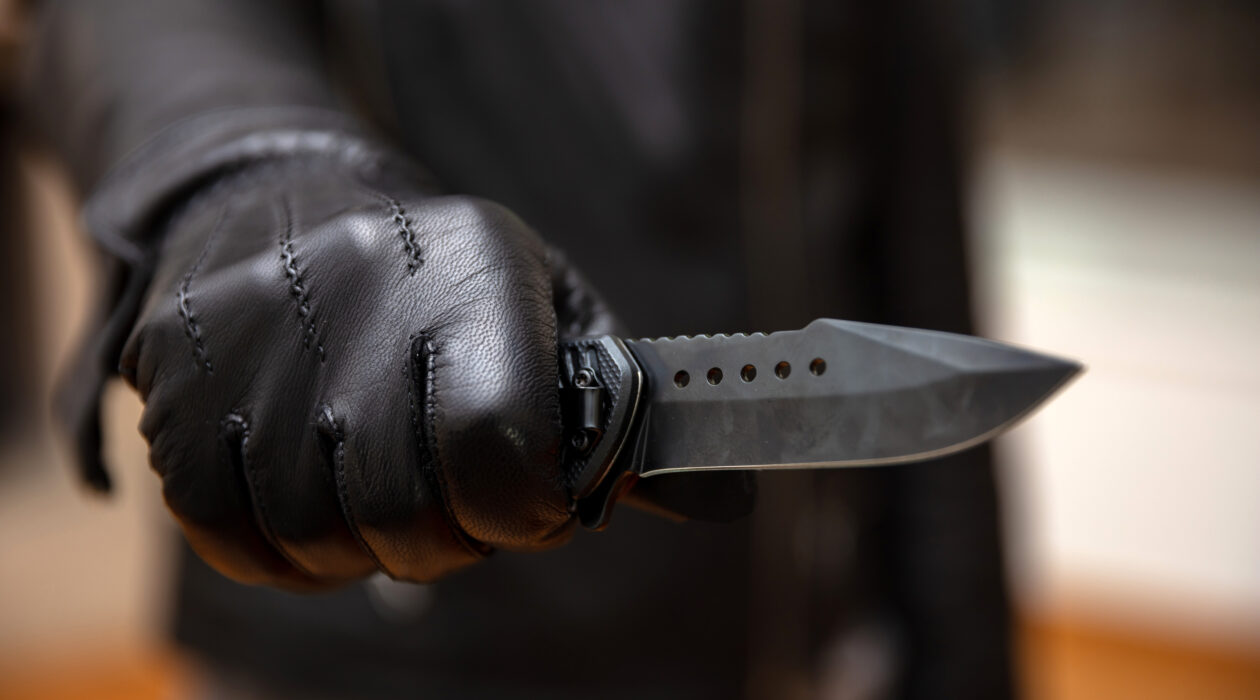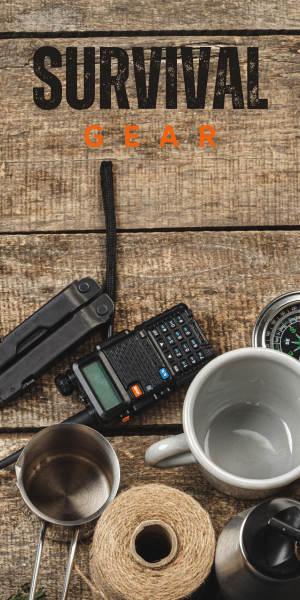Hiding a knife for safety, survival, and self-defense has been a crucial skill across various cultures and historical eras. This practice, rooted in the necessity of being prepared for unforeseen circumstances, transcends mere utility. It embodies a deep understanding of self-preservation in a world where threats, both in nature and from fellow humans, are unpredictable.
The art of concealing a knife, once essential for survival in ancient times, still holds significant relevance today. In our modern world, the ability to discreetly carry a knife can be vital for personal safety, emergency situations, and in professions requiring readiness. This guide delves into the strategic and responsible methods of concealing a knife, respecting both its historical significance and its contemporary applications in everyday life.
Check our top 6 knife selections for 2024!
The Philosophy Behind hiding a Knife
The philosophy behind hiding a knife intertwines safety, preparedness, and legal mindfulness. Concealment is not about harboring a secret weapon, but rather about being equipped for unexpected situations where a knife is necessary. Whether for cutting a tangled seatbelt in an accident, self-defense in a precarious scenario, or simply being prepared in the wilderness, hiding a knife is a testament to proactive safety measures.
Equally critical is the practice of responsible knife handling. Owning and concealing a knife comes with the duty to understand and adhere to local laws, ensuring that one’s preparedness does not inadvertently lead to legal transgressions. This balanced approach positions knife concealment as a responsible act of preparedness, guided by both ethical and legal principles.
Top Methods for Concealing a Knife
1- Horizontal Knife Belt Sheath (Scout Carry):
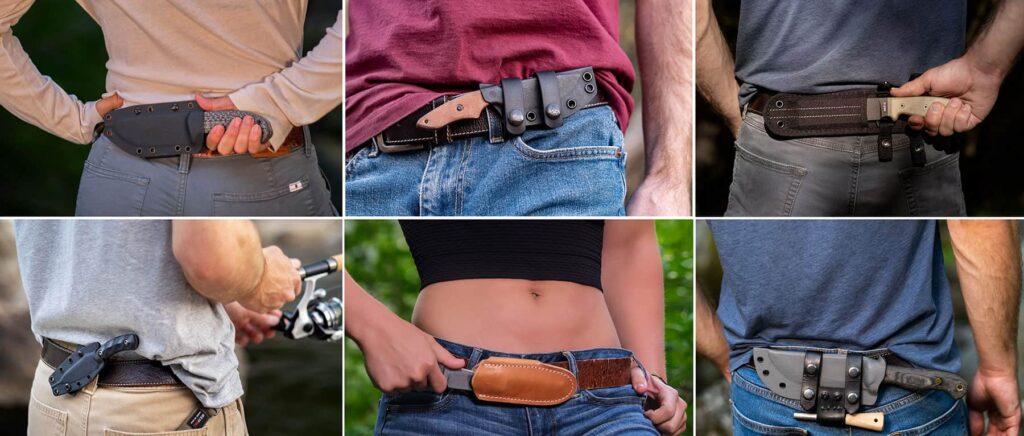
This method involves a sheath that is horizontally aligned with your belt, commonly known as ‘Scout Carry’. It’s a strategic way of hiding a knife, offering both ease of access and discretion. The horizontal placement under clothing conceals the knife effectively, making it a preferred choice for those seeking a blend of accessibility and stealth.
2- CCW Off-Hand :
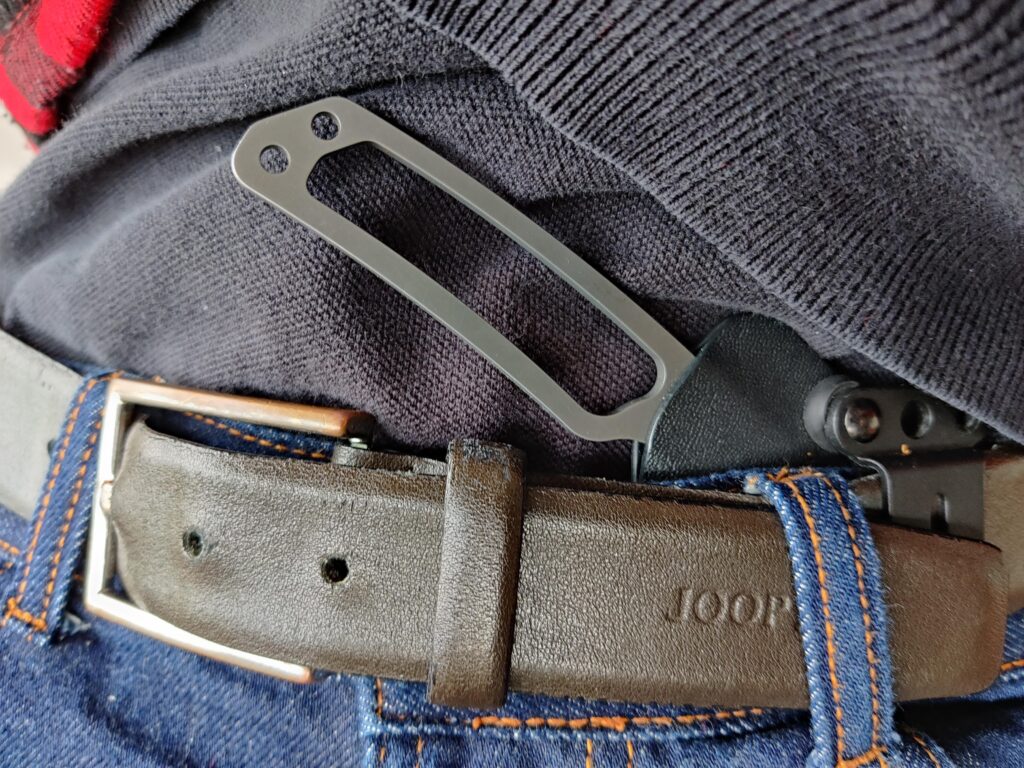
For individuals with a concealed carry permit (CCP), the CCW off-hand method involves positioning the knife inside the pants or belt on the non-dominant side. This placement ensures that the knife does not interfere with the primary weapon, providing a tactical advantage and ease of access in urgent situations.
3- Sleeve Knife Concealment:
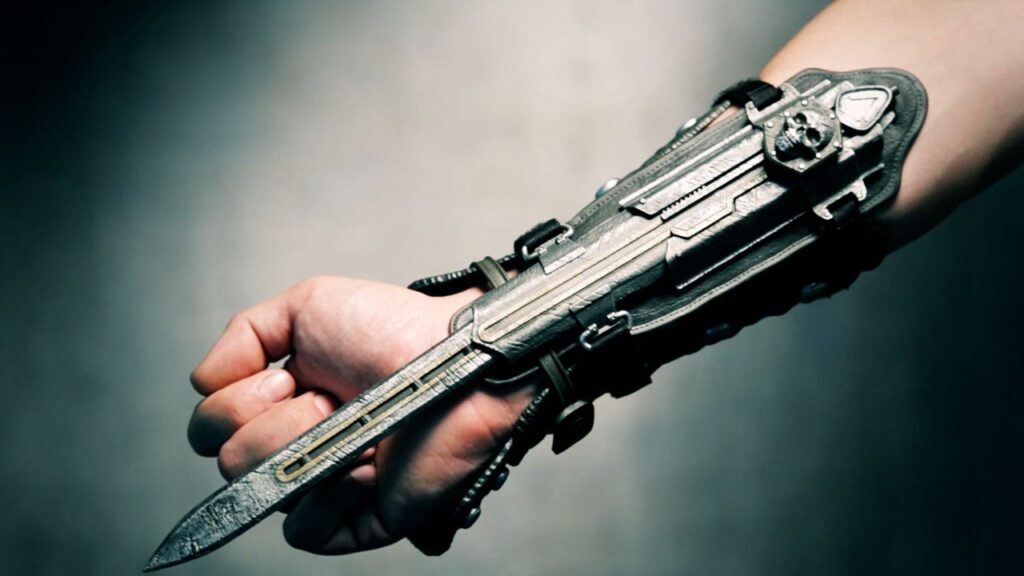
Concealing a knife in the sleeve or on the arm requires strategic placement within a sheath strapped to the forearm. This method ensures that the knife is both accessible and hidden, balancing discretion with readiness. The arm concealment technique is particularly useful in scenarios where quick access is essential.
4- Boot Knife Clip or Ankle Wrap:
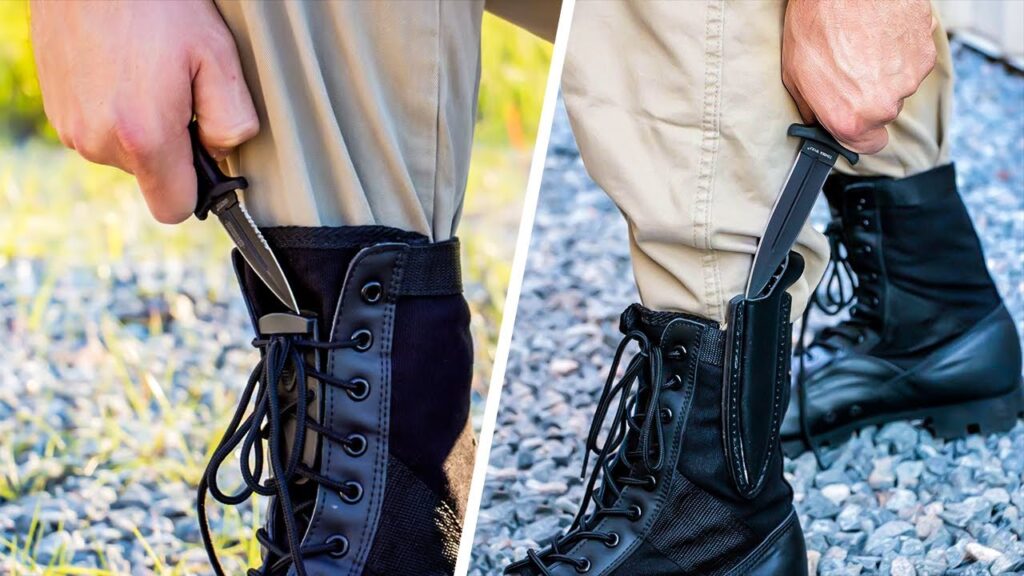
The boot clip or ankle wrap method harkens back to the days of the gambler’s dagger. Concealing a knife in a boot or around the ankle offers both historical charm and practical benefits. This method is ideal for discreetly carrying a knife, ensuring it remains hidden yet accessible when needed.
5- Neck Knife:

Small blades concealed under clothing when worn around the neck offer an effective means of hiding a knife. This method, favored for its ease and comfort, allows for quick access while maintaining a low profile. The neck knife is a testament to the blend of traditional and modern concealment techniques.
6- Shoulder Sheath:
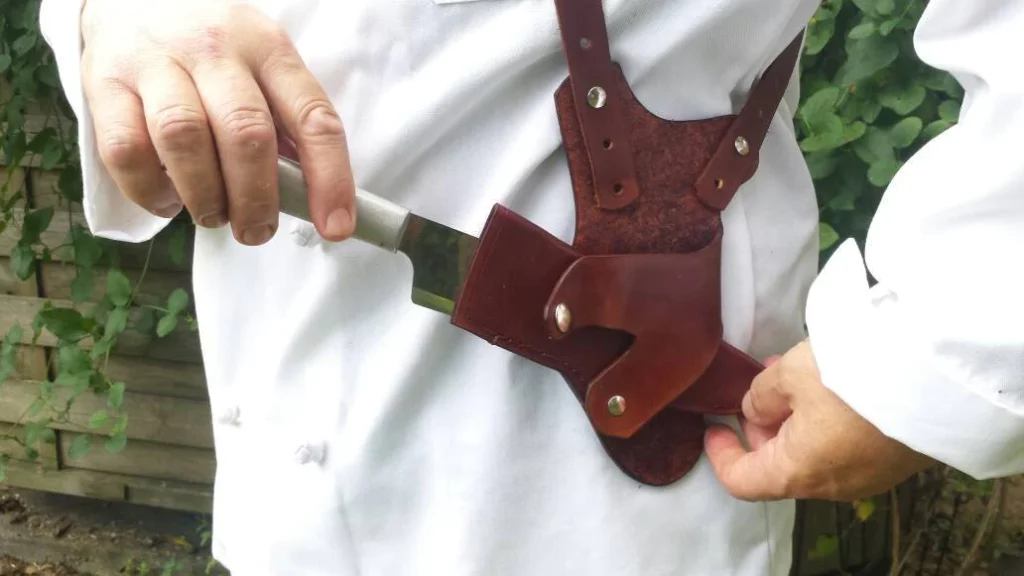
The shoulder sheath, often depicted in detective and action movies, is a practical method for concealing a knife. Positioned under the arm and typically concealed under a jacket or shirt, it allows for rapid access while maintaining a covert profile. This method is ideal for those who prioritize quick accessibility without compromising discretion.
7- Additional Concealment Options
Beyond the classic methods of hiding a knife, alternatives like Inside the Waistband (IWB), pocket carry, and ankle or boot carry offer diverse solutions for different scenarios. IWB is discreet, ideal for smaller blades, ensuring concealment even in close encounters. Pocket carry, with its easy accessibility, suits everyday urban settings, whereas ankle or boot carry is a nod to historical practices, providing an extra layer of preparedness, especially in outdoor or tactical environments.
Knife Legal Considerations
When hiding a knife, it’s paramount to respect legal boundaries. Understanding local laws regarding knife carrying is crucial to avoid legal complications like source :
What Are the US Laws for Concealing a Knife?
In the United States, the legality of concealing a knife varies widely across federal, state, and local levels, with specific regulations on types, sizes, and carrying methods of knives, necessitating a thorough understanding of the laws in one’s specific jurisdiction.
What Are the UK Laws for hiding a Knife?
In the UK, the legal considerations for concealing a knife are stringent: it’s illegal to carry a knife in public without good reason, with banned types including switchblades, gravity knives, and any knife with a blade over 3 inches unless required for work, religious reasons, or as part of national costume. Carrying a knife for self-defense is not considered a valid reason.
What Are the Austria Laws for Concealing Knife?
In Australia, knife laws vary by state, but generally, it is illegal to carry, conceal, or use a knife in public without a reasonable excuse, such as being required for work, food preparation, or a lawful activity like sports. Carrying a knife for self-defense is not considered a legitimate reason.
What Are the New Zealand Laws for Concealing Knife?
In New Zealand, it’s illegal to carry a knife in public without a legitimate purpose, such as for work, outdoor or domestic use. Possession of knives, particularly concealed ones, for self-defense or offensive purposes is strictly prohibited and can result in legal penalties.
Safety Considerations :
Equally important is practicing safe handling and carrying techniques to ensure both your safety and that of those around you.
In the end :
Selecting the right method for hiding a knife hinges on individual needs and circumstances. Whether for self-defense, professional use, or everyday preparedness, choosing the appropriate concealment technique is crucial for balancing safety, legality, and practicality.

